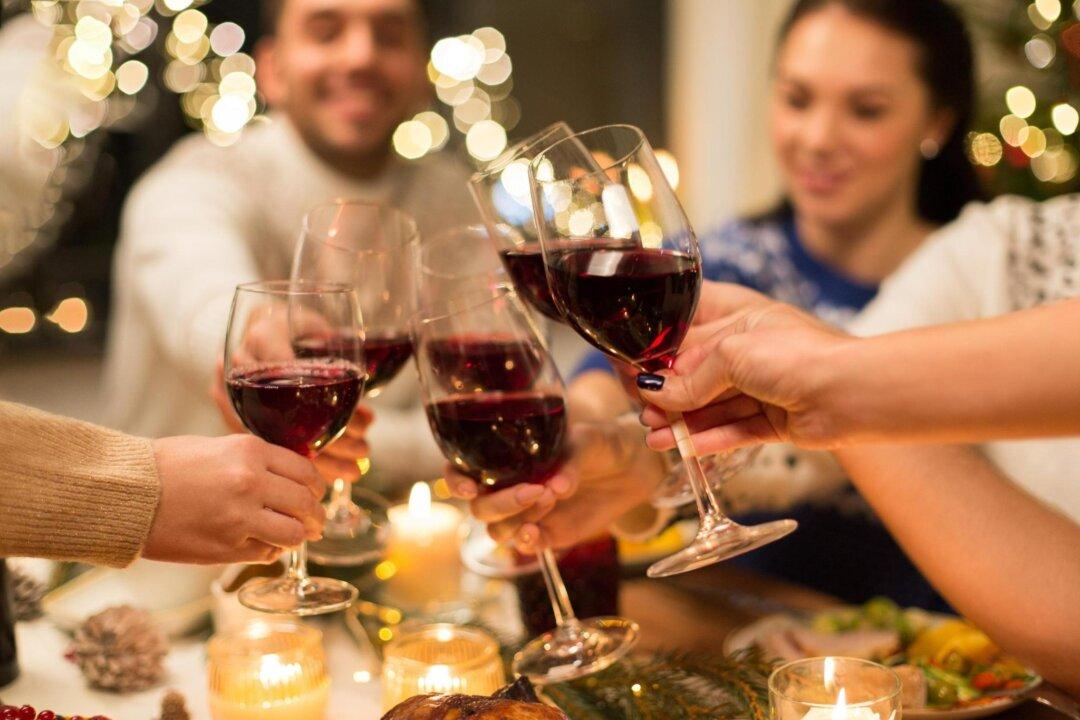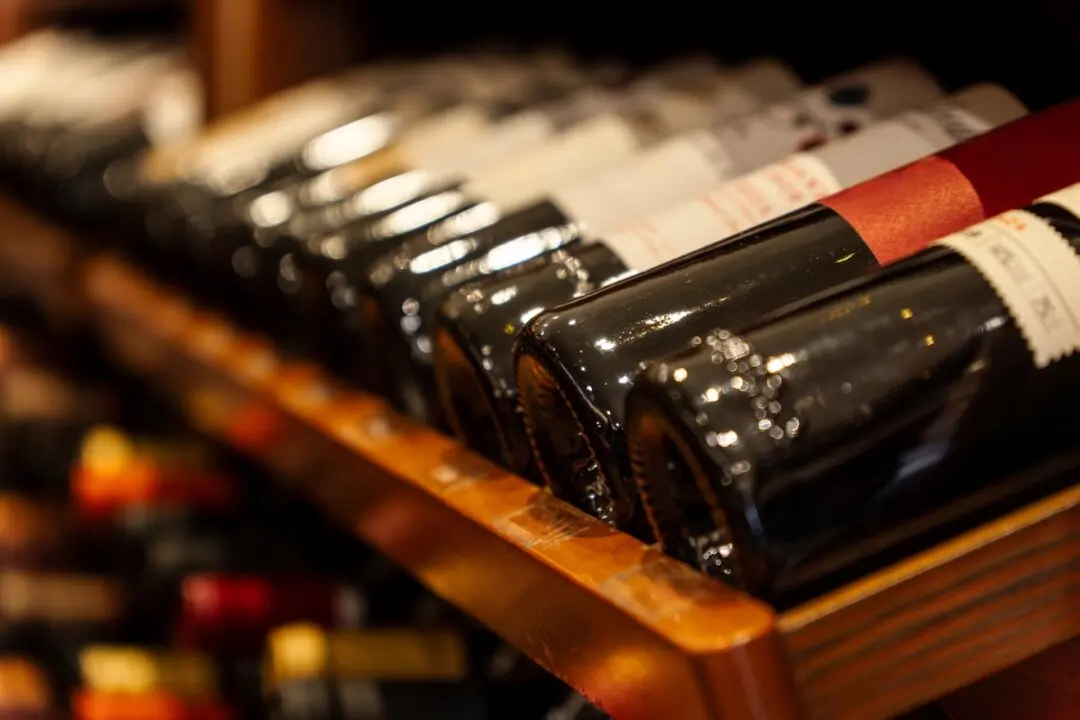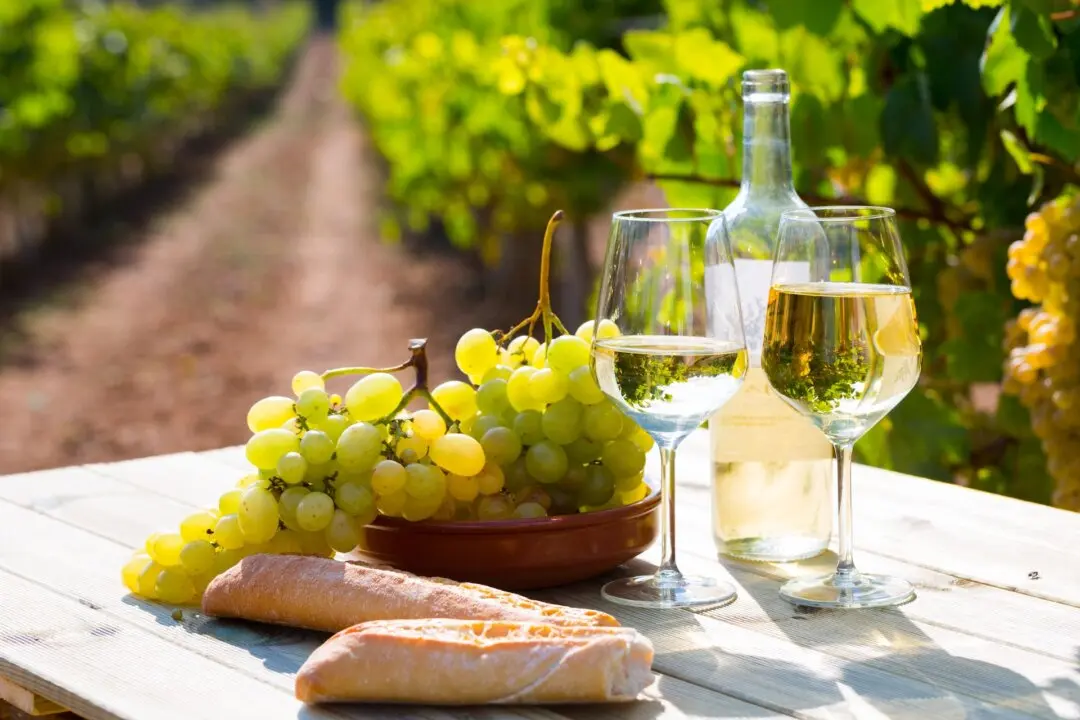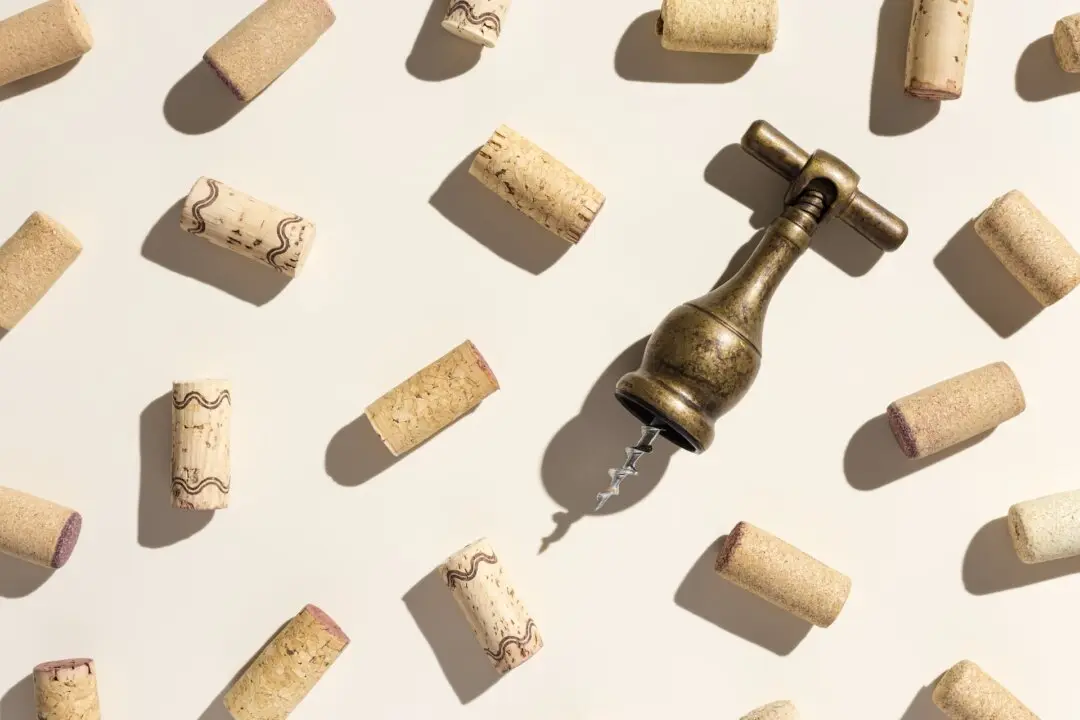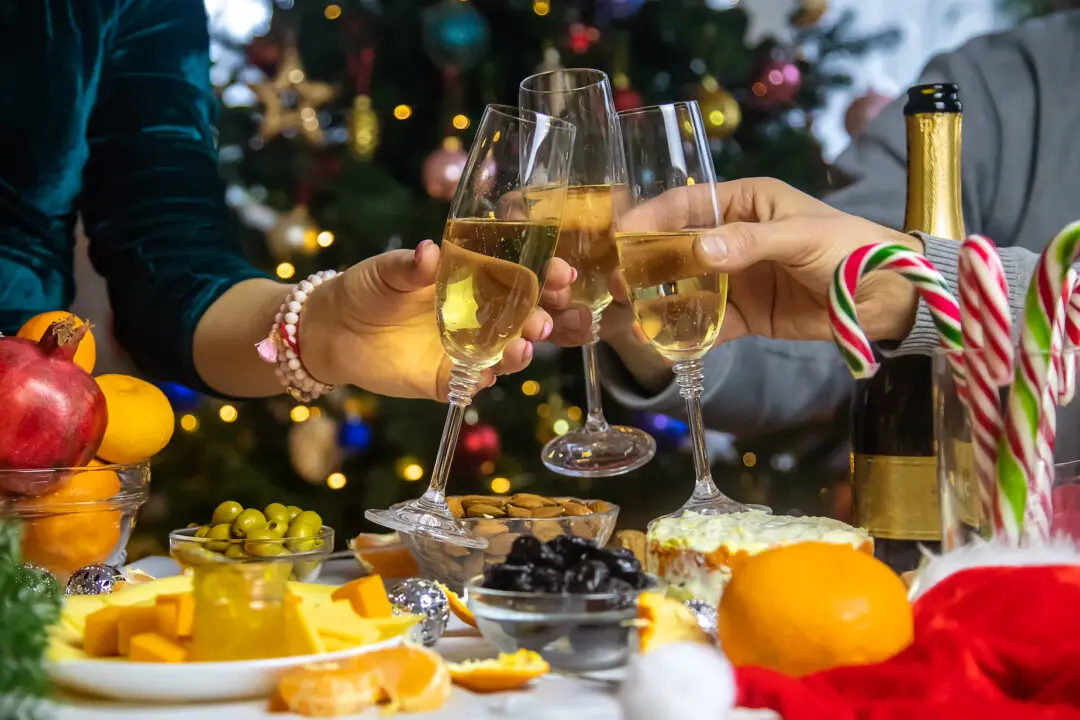One of the headaches of modern life, especially post-pandemic, comes while dining out and searching for a decent bottle of wine.
We study the wine list, trying to find something we can afford. Half the items are only vaguely familiar and the rest are priced beyond our budgets.

